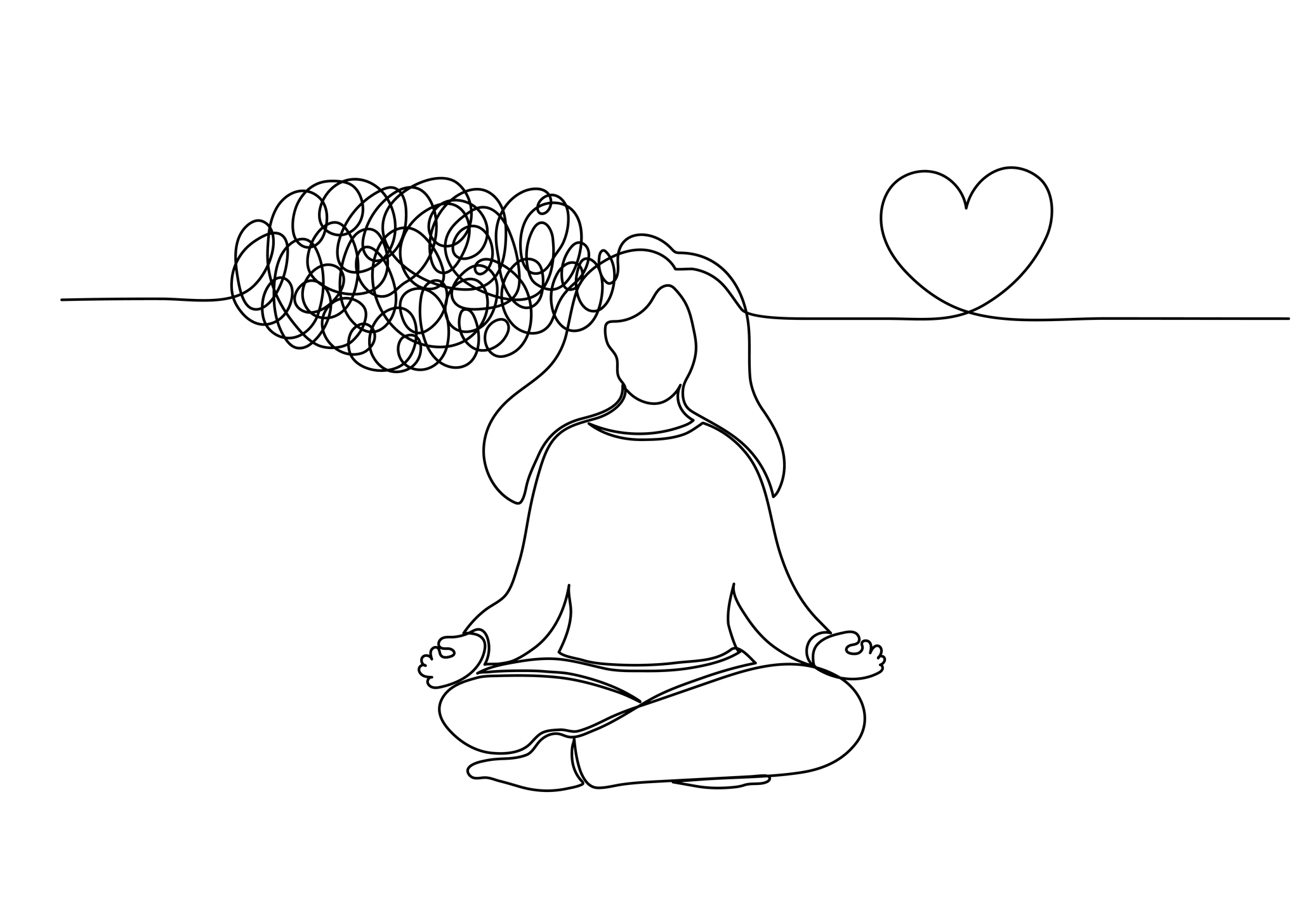What is Mindfulness?

Mindfulness is a mental state achieved by focusing one’s awareness on the present moment, while calmly acknowledging and accepting one’s feelings, thoughts, and bodily sensations. It is a form of meditation that helps individuals to become more aware of their thoughts, emotions, and actions.
First Step to Mindful Living
The first step is to simply pay attention to the present moment. This can be done by focusing on one’s breath, sensations, or any other aspect of the present moment.
An Example
A common example of mindfulness is paying attention to one’s breath during meditation. The individual focuses their attention on their breath as it enters and leaves their body, and notices any thoughts, feelings, or sensations that arise.
7 Principles of Mindfulness
- Non-judgment: involves observing and accepting one’s experiences without judgment.
- Patience: requires patience and the ability to wait for thoughts and emotions to pass.
- Beginner’s Mind: involves approaching experiences with a fresh perspective and an open mind.
- Trust: involves trusting one’s intuition and experiences.
- Non-striving: involves letting go of the need to achieve a particular outcome.
- Acceptance: involves accepting experiences as they are, without trying to change them.
- Letting Go: involves letting go of negative thoughts and emotions.
The Core Elements of Mindfulness
- Attention: involves paying attention to one’s experiences in the present moment.
- Intent: involves having a clear and deliberate intention to be mindful.
- Attitude: involves having a non-judgmental and accepting attitude towards one’s experiences.
- Practice: involves regularly practicing techniques, such as meditation or mindful breathing.
3 Qualities of Mindfulness
- Presence: involves being fully present in the moment and not dwelling on the past or future.
- Awareness: involves being aware of one’s thoughts, emotions, and sensations.
- Acceptance: involves accepting experiences as they are, without judgment.
How to Teach Yourself Mindfulness
- Start with exercises: There are many exercises that can be done to get started, such as mindful breathing or body scans.
- Make time for: Set aside time each day to practice mindfulness.
- Pay attention to your thoughts: Notice your thoughts as they arise and practice letting them go without judgment.
- Practice regularly: Make a regular part of your routine by incorporating it into your daily life.
3 Ingredients for Mindfulness
- Attention: Paying attention to one’s thoughts, emotions, and sensations in the present moment.
- Intention: Having a clear intention to be mindful and present in the moment.
- Attitude: Having a non-judgmental and accepting attitude towards one’s experiences.
How to Practice Daily
- Incorporate mindfulness into your daily routine: This could involve practicing mindfulness exercises, such as meditation or mindful breathing, or simply paying attention to your thoughts and sensations throughout the day.
- Make time for mindfulness: Set aside time each day to practice.
- Practice mindfulness in everyday activities: Mindfulness can be practiced in activities such as eating, walking, or even driving.
Mindfulness is a powerful tool for reducing stress and increasing happiness and well-being. By paying attention to the present moment and accepting experiences as they are, individuals can gain a greater understanding of themselves and the world around them. By incorporating this into their daily routine, individuals can reap the many benefits of this powerful practice.
Whether through meditation, mindful breathing, or simply paying attention to one’s thoughts and sensations throughout the day, there are many ways to practice mindfulness. By finding what works best for you and making mindfulness a regular part of your routine, you can achieve greater happiness, reduced stress, and a deeper understanding of yourself and the world around you.



